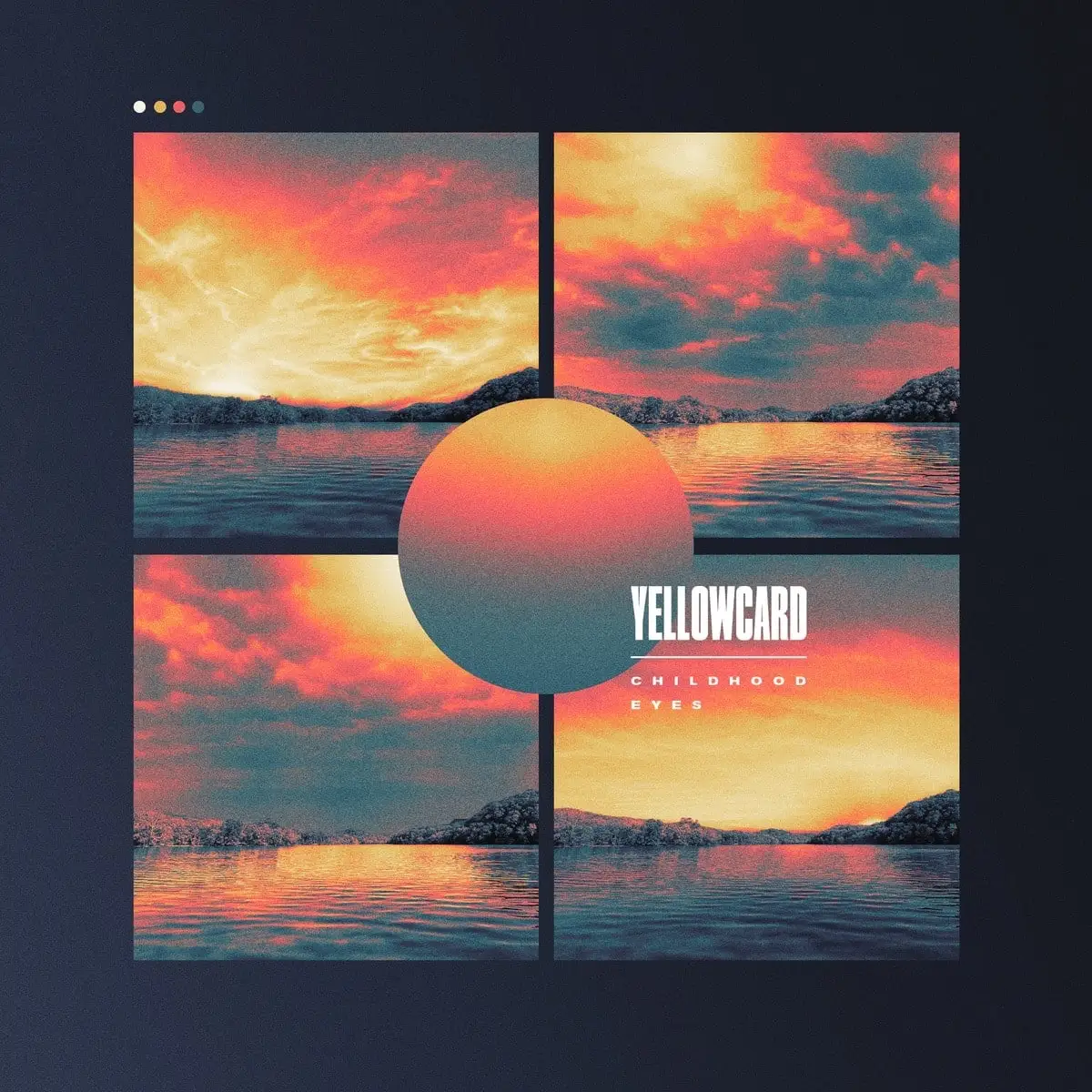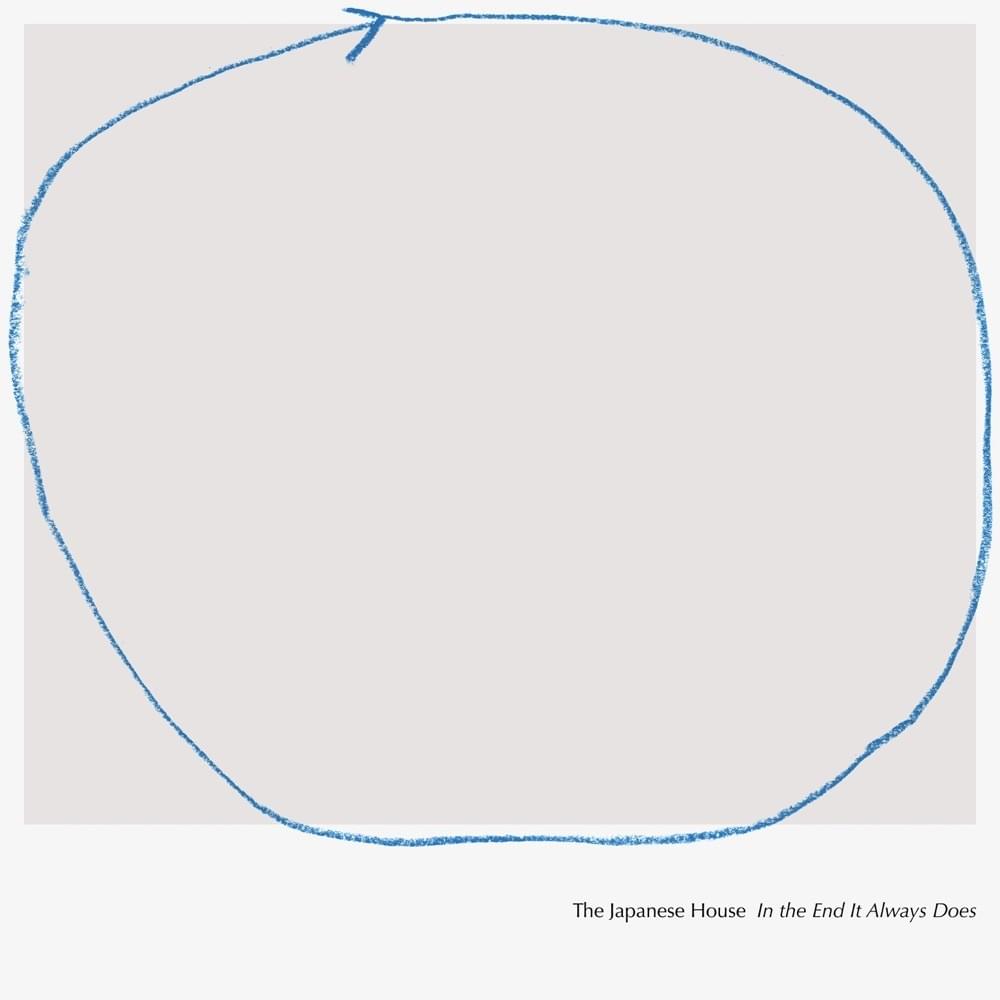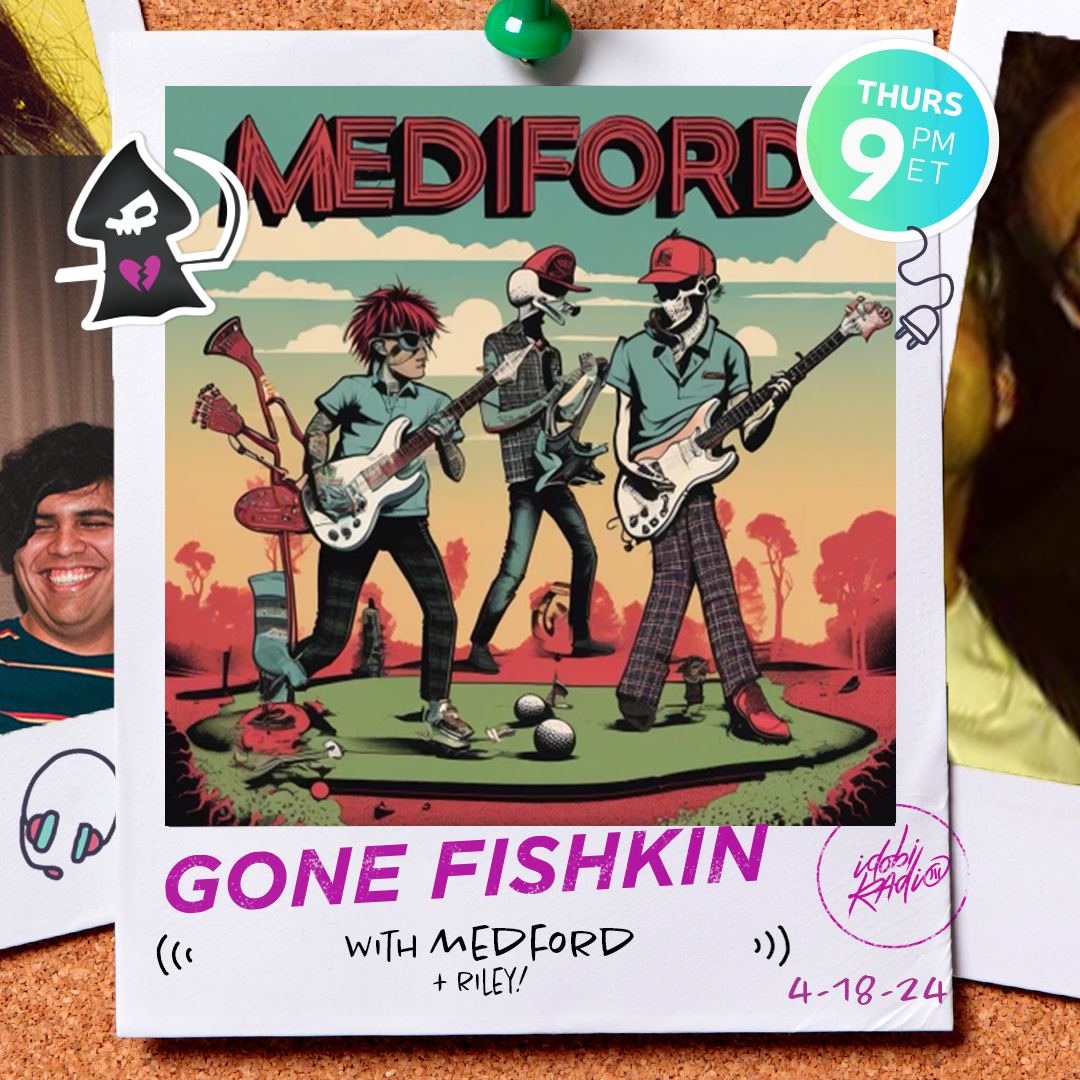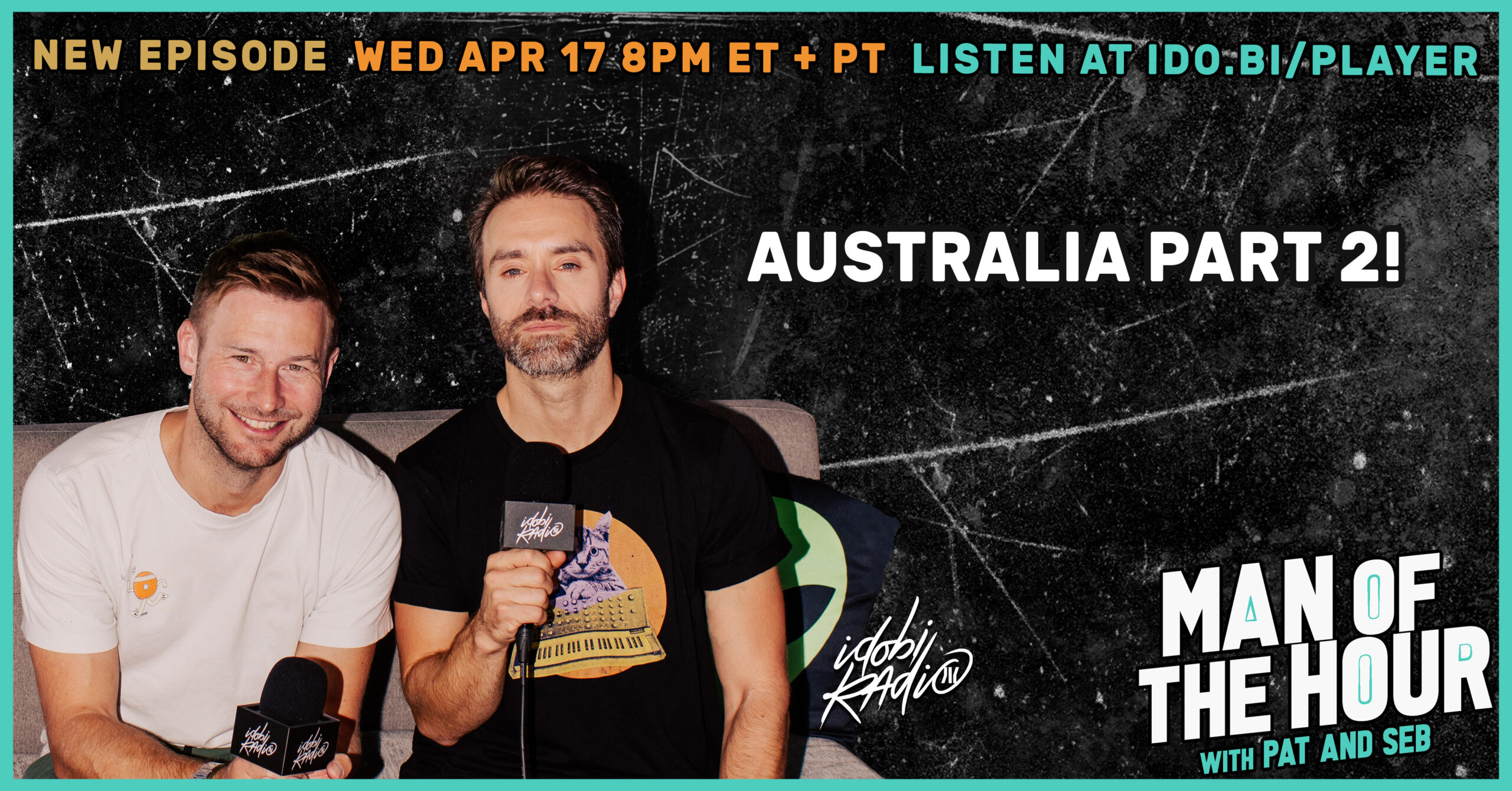Radio airplay is and has been the primary driver of retail record sales in the United States. Some estimate that nearly 90 percent of sales is the direct result of an artist being exposed on radio. But today, radio is joined by an array of other media choices: MTV, BET, and VH1, digital downloads, and streamed audio. Consumers borrow friend’s CDs and tapes, and see live performance. Any record label or promoter would be remiss by ignoring any one of these outlets since they all help to sell music.
In the first-ever project of its kind, James Schureck at Jeff McClusky & Associates (JMA) teamed with the Digital Media Association (DiMA) and member webcasters to investigate the efficacy of promoting artists on Internet-only websites.
From April through early July, Jeff McClusky & Associates worked with an array of digital broadcast services to promote three relatively unknown artists: The Rosenbergs (on Discipline Global Mobile) Sparkledrive (on Aware/Columbia), and Skindive on Palm). During this promotion, the webcasters had exclusive ownership of these acts, as JMA, DiMA, and several of its members set out to discover what types of online promotion worked to break a song and an artist on the Net. The webcasters that participated were:
Echo (http://www.echo.com), Everstream (http://www.everstream.com), Incanta http://www.incanta.com), Launch (http://www.launch.com), Listen (http://www.listen.com), MusicMatch (http://www.musicmatch.com), NetRadio http://www.netradio.com), RadioAMP (http://www.radioamp.com), RadioFreeVirgin (http://www.radiofreevirgin.com), RadioWave (http://www.radiowave.com), SBRcreative (http://www.sbrcreative.com), and TheDial (http://www.thedial.com).
Even as online giants like Amazon, Yahoo!, and AOL dominate the Jupiter Media Metrix Top 50, those companies continue to struggle with understanding their userbase and monetizing their product. Compared to these online behemoths, the number of people visiting online entertainment sites for MP3s and streamed audio is tiny but users of these sites are avid-even rabid-fans of music, and record companies that fail to leverage this deep affinity relationship in their efforts to market and promote new music are really missing out on a valuable asset.
It is an undeniable truth that radio airplay has for decades been the primary driver of retail record sales in the United States. Some estimate that nearly 90 percent of sales is the direct result of an artist being exposed on radio. But today, radio has been joined by an array of other channels through which consumers discover and experience music. Multi-band concert tours spawned by Lollapallooza, such as this summer’s Warped tour have become a massive opportunity for largely undiscovered acts like Los Angeles’ Ten Times a Day to share an audience of 18,000 with mega-stars like 311.
The advent of MTV (20 years ago, can you believe that?) revolutionized the way artists are perceived by the public. Back in 1981acts like Madonna and Boy exploded as a result of being among the first to produce videos for the new outlet. The same is true with the emergence of the Internet.
Each of the webcasters participating in the three-month study conducted the promotion in a unique way, as would individual radio stations. RadioWave, for example, used a recorded spot in which the artist introduces themselves and the song which was supplied by Schureck at JMA for each artist, helping to draw attention to the band, and creating an immediate familiarity with the listener.
Sean Smyth, programming manager of RadioWave says, “The most exciting thing we discovered [with this project] was that a group of Internet-only broadcasters are able to team-up in a collaborative effort. We each have our own unique presentation and/or toolsets, but we all were able to reach some uniformity in our support of a particular label and artist.”
That coordination allowed Sparkledrive, Skindive, and the Rosenbergs to be exposed to countless music lovers, many of whom shared their opinions about the songs and artists with the online community gathered around each site. The Digital Millennium Copyright Act (DMCA) does not allow for heavy rotation of an artist (which is essential to “break” a new artist). This makes promotions on the website and consumer data collection essential to the program. It’s the coordination of these factors that remains the biggest challenge, yet the most exciting part of promoting an artist online.
Jon Potter, executive director of DiMA says, “Labels, bands, and webcasters working together to document, for the very first time, the incremental marketing and promotional value of Internet radio. And that collaborative effort is a first and it’s something that we can build on. One of the great attributes of the Internet is the community building and the opportunity for everybody to be a tastemaker. Those are tremendous viral marketing opportunities that Internet radio programmers and developers are finding ways to utilize those.”
Different Is Really Much the Same
Launch, Listen, MusicMatch, and others conducted a number of promotions that bear many resemblances to the promos that terrestrial radio stations use to hype an album. The site added artist ID’s on the stations featuring the artists, and aired promotional audio spots to drive listeners to the songs and, ultimately, to the buy button. The site hosted exclusive artist interviews and editorial features highlighted on MusicMatch guide, and added special promotions targeted to each band’s fan base. Add in the availability of MP3 downloads and a teaser in an email blasted to millions of users, and you have a significant artist promotional tool.
James Schureck, director of new media and business development McClusky & Associates says, “We were very surprised to learn that although Internet radio is very different in its details from terrestrial radio, it has to be approached in the same fashion. We still sent out CD-pros with one-sheets. We created an Internet radio impact date so all the various services would promote the same song in the same timeline. We also discovered that without a chart for Internet radio, labels will not take Internet radio seriously.”
That’s where Gracenote (formerly known as CDDB) comes into play. The company’s new Data Service allows radio and record companies to know what geographically specific users in Internet-connected CD players are playing CDs. The service is now undergoing beta testing by each of the five major record labels, as well as about two-dozen other companies, and will become commercially available this month. The Gracenote Data Service (GDS) technology cannot currently differentiate between tracks and album plays, but Gracenote will introduce the capability to track individual songs sometime this fall. Gracenote does not track the number of times a particular artist is streamed or downloaded on the Internet, but records the listening behavior of individuals who elect to play a record on their own. GDS then provides a very important set of data: what are people choosing to listen to instead of not what a station or webcaster chooses to add to its rotation. Although the service is still in its beta-testing phase, GDS offers a never-before-seen partial snapshot of the number of times that people are playing albums on their web-connected CD players.
Hugo Cole, Gracenote general manager of data services explains, “Because we’re in beta, we’re not using a complete data set yet. Right now, these numbers are the basic, lowest numbers for the U.S. only. They’re reflective of people actually playing the CD through a CDDB enabled program on their computer, not [the number of times an artist is] streamed and/or downloaded via a site which is promoting a specific artist. They’re pushing people to a particular thing. Our service measures what people are doing on their own.”
Gracenote employs several methods for song identification and tracking. For identification of CDs, the company uses information from the album’s table of contents. When a file is created from a CD using a Gracenote-enabled ripper, it automatically has artist and song information inexorably imbedded into the file itself with something called an ID3 tag. Another way that Gracenote identifies songs is by adding a tag called the Track Unique Identifier (TUID).
Skindive’s self-titled record received 54 spins in April, 85 in May, and 73 in June to get a total of 212. The Rosenbergs’ Mission: You was turned 48, 39, and 48 times in those months for a total of 135. Sparkledrive’s self-titled record got 22, 16, and 10 spins in those months for a total of 48 times an individual listened to that CD from a Internet connected CD player.
The artists were ideally suited to the demographic of users of digital broadcast services like RadioFreeVirgin and the other webcasters that participated in the study. New York based The Rosnebergs and Ireland’s Skindive are both Alternative acts, while Nashville’s own Sparkledrive, is a singer-songwriter outfit that crosses over from Alt to AAA to Hot AC. “A melting pot of emotion and experience” is how the group’s frontwoman Val Strain describes the inspiration for her songs.
How They Did
The Rosenbergs
Skindive and Sparkledrive received loads of fan support, (Skindive was the clear leader in the tracking done by Gracenote), substantial spins across myriad channels on a number of sites, and an increase in visitorship to their own websites during the promotion. But The Rosenbergs, who began about six years ago when singer/guitarist David Fagin placed another in a never-ending series of ads in the village voice looking for a bass player, was the most successful story in this project.
In a review published on Yahoo!, by Russell Hart raves about The Rosenbergs new album, Mission: You. “Kicking off with the jangly, radio-ready pop rocker “Sucking on a Plum” (which even sports a “na-na-na” chorus), the album instantly nails that sweet spot where crunchy guitars, sturdy melodies, and soaring vocal harmonies collide in a glorious mix.”
RadioFreeVirgin had The Rosenbergs “After All” spun on its Modern Rock, Popshop, Adult Alternative, and Playboy Lounge channels a total of 573 over the course of the study. The site, which gets about 775,000 unique listeners per month, included the promotion on the start page of its RFV player, featured the band in Radio Free Virgin kiosks in the Virgin Megastore, added promotional tags in the aforementioned channels, and dedicated a full page on its feature section.
According to Christopher Horvath at RFV, the promotion was, “A confirmation of our belief that the audience truly wants to be turned on to new music and new artists, despite traditional mainstream radio’s habit of continuing to push already familiar songs.”
NetRadio played “After All” on its Modern Rock channel, The X, 325 times in 13 weeks, and featured an artist spotlight and an interview with the band on its site. A few interesting points about The X channel on NetRadio: According to Arbitron’s Webcast Audience Profile data, 54 percent of visitors to The X have college degrees, 20 percent have post graduate degrees, and 21 percent make more than $100,000 per year. When one examines the buying habits of such a well-educated and moneyed userbase, things get really interesting. A full 91 percent of listeners to The X spent $50 dollars or more online last year. A whopping 30 percent spent more than $500. It’s impressive to note that listeners to The X closely mirror the demo for terrestrial Alternative stations across the nation: 25 percent are 18-24, 51 percent are 35-34, with the remaining 24 percent distributed between 12-17, 35-44, and 45 and older.
Most notably, The Rosenbergs were featured prominently on several sites, including Launch.com, a webcaster that gets about 6.7 million unique monthly visitors. Only two weeks into the promotion with these webcasters, The Rosenbergs saw a large increase in Internet sales two weeks after the sites began to play them heavily. SoundScan numbers for the album increased by about 50 percent overall with no additional exposure occurring that week. Jay Frank, VP, Marketing and Promotion, for Launch says, “I would say the promotion was a success as it showed that focused, targeted play of an artist can spur unit sales. Based on SoundScan numbers, the sales spike occurred in mid-May and the song “After All” reached #20 among Launch’s most-requested songs in the first week of July.”
Frank adds that the biggest surprise throughout the project was that the sales spike happened after only two weeks into the promotion. “I was expecting 4-6 weeks before seeing anything,” he says.
Sparkledrive
NetRadio added Sparkledrive’s “Baby Hold On” to the site’s Adult Alt channel and spun the track a total of 264 times in 14 weeks. Radio Free Virgin played the song 668 on its Modern Rock, Adult Alternative, and Playboy Lounge channels.
Sparkledrive manager Steve Smith, director of A&R/product manager for Aware Records says, “Based on overall album sales, website visits, message board activity and the like, I think the promotion achieved most of the goals we set. I’m not yet convinced it leads to significant album sales/promotion, but it certainly helps the cause on a level that’s worthwhile.”
Skindive
RadioFreeVirgin added “Tranquillizer” to its site, making it available for sale through virginmega.com, and featured a full-page artist spotlight produced with a listener feedback section and free download. RadioFreeVirgin spun that track 151 times in three months. Not a staggering number, but the band also had two other singles on the site-“Salt Peter” and “Skindive”-spinning those tracks a total of 178 and 604 times, respectively. For you math geeks, that’s just shy of a thousand total spins for a band that few people had ever heard of before.
Conclusions
Because of the limited nature of the study-conducted on just three artists over just three months-the data is not robust enough to make any final conclusions. However, it’s clear that this project, the very first of its kind, has resulted in a substantial increase in the awareness of the importance of integrating the Internet and Internet-only webcasters into the promotion of any new artist or album.
But it’s clear that the inherently interactive nature of the Internet provides valuable feedback from the music buying-public that record companies can use to determine what artists they sink an enormous investment into, and which ones they don’t. RadioFreeVirgin, among others, constantly asks its users to provide feedback.
RFV’s Horvath comments, “I think that this medium is better suited to promoting unknown artists because of the type of listener and the way they experience our programming. They are less likely to “change the station” and more likely to give new music a chance.”
Smith at Aware says that the study, while successful, will only improve with time and further effort. “I think that what’s needed in order to allow the DiMA project to reach its full potential, I’d find a way to incorporate more offline programs to tie them together.”
Jay Frank adds, “This was the first step, which needed to be taken. I don’t think it’s anything that proves that we can make an artist platinum yet…but it shows that we can do something. I’ve been talking to a couple of people on the promo side, and they’ve been telling me about a couple of records that they’ve had that have just had radio, which traditionally is what powers the industry and everybody says sells the most records. And all these records that have had minimal to none exposure on video, the Internet, press, etc, only end up selling around 50,000 records. Nowadays there’s so much media out there, every component has to be there put together and if you look at every single record that generated a huge splash in terms of debuted at number one are albums that had all of those components put together.”
Adrian Molloy at Discipline Global Mobile (The Rosenbergs’ label) says that the promotion of the band to webcasters aided in adding momentum and a specific focus to the overall campaign. “We are still seeing the online growth associated with the promotion.” Molloy explains that even thought the promotion is over, the band still “gets regular plays, receives emails from new fans, and recently scored very high in several “user-based” charts based on personal recommendations form one user to another.”
“The spirit and energy of all those involved in creating and implementing this promotion, as well as the fact that the bands were really jazzed about bringing music to their fans through this new technology,” says Steve Clark at MusicMatch. We are all in the business of promoting music, and the Internet gives us the ability to try a fresh promotional ideas that are not available with other traditional media. We think the efforts of Internet radio will continue to become more powerful and generate broader interest in the near future, contributing to music sales in the same way terrestrial radio does now.”
Amen.





























